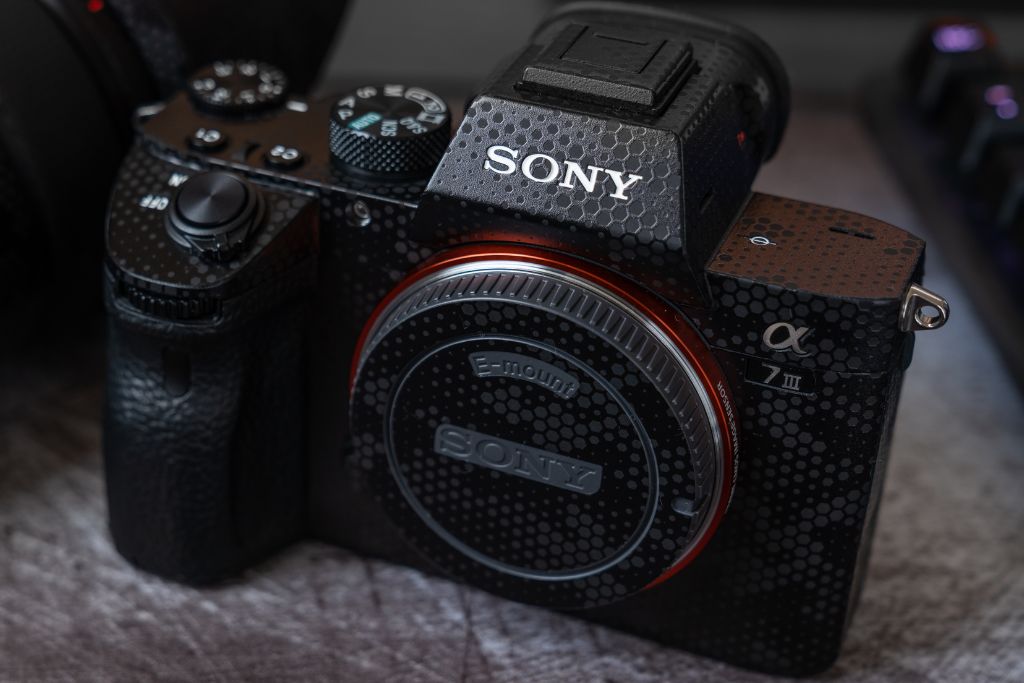Full Frame vs APS-C: The perennial debate in photography continues to captivate enthusiasts and professionals alike. As you navigate the realm of camera systems, choosing between these two dominant formats- APS-C vs Full Frame – becomes a pivotal decision that shapes the trajectory of your photographic journey.
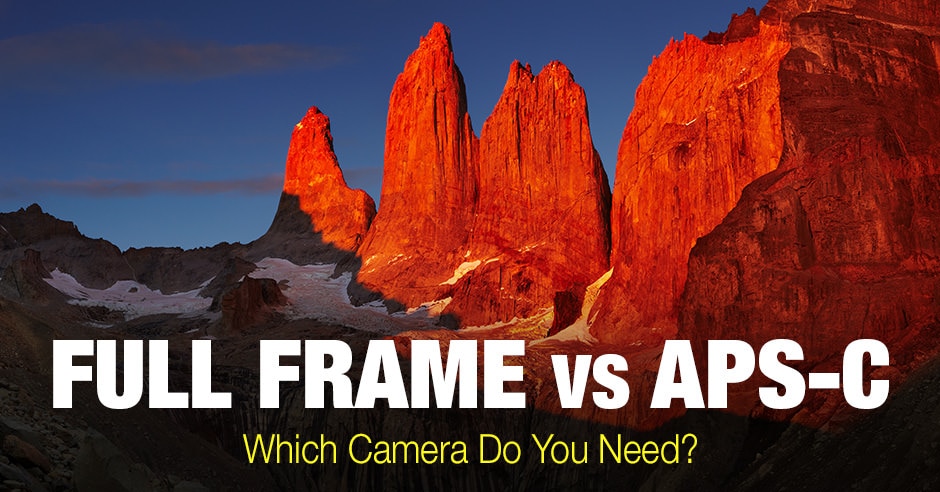

Because here’s the truth:
While beginners often think they need a full-frame camera to succeed, APS-C cameras can perform better in a number of scenarios. And whether you’ll do better with an APS-C camera or a full frame camera has nothing to do with your level of professionalism. It has to do with your photography needs.
In this exploration, I dissect the nuances, advantages, and disadvantages of each, empowering you to make an informed decision. By the end, you’ll have a comprehensive understanding to help you choose the perfect camera for your needs.
What is the difference between Full Frame and APS-C sensors?
Full-frame and APS-C formats indicate the sensor’s physical dimensions, which is different from pixel count. A full-frame sensor has 36mm by 24mm size based on the traditional 35mm film format. An APS-C sensor is 1.5 times smaller, 25.1mm by 16.7mm, and named after Advanced Photo System type-C film format.
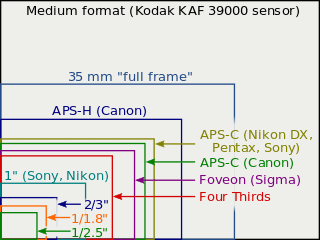
The graphic reflects the actual sensor size of different sensor formats: medium format, full frame, APS-C (Nikon, Sony, Fujifilm), APS-C (Canon EOS), Micro Four Thirds, etc.
What is the Origin of Full Frame and APS-C Cameras?
Back when film was popular, there were a number of well-known film formats: 35mm format, medium format, large format, and more. These could only be used by corresponding analog cameras. A medium format camera used medium format film, a 35mm camera used 35mm film, and so on.
These different film formats could be distinguished by their physical size; for instance, 35mm film was 36mm by 24mm.
Origin of Full Frame Sensors
35mm film was by far the most popular format, primarily because of its perfect size. It was small enough for easier to carry around a 35mm camera than medium or large format bodies. And, it was large enough to produce high-quality photos. This made 35mm cameras into highly desirable pieces of kit for professional and amateur photographers alike.
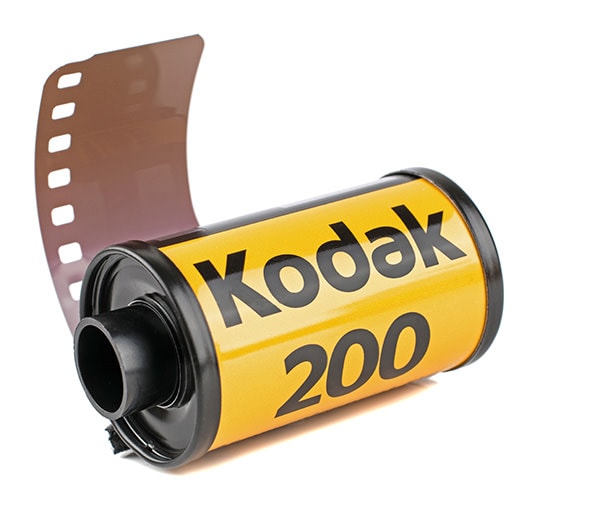

In fact, the 35mm negative size format was popular enough and so perfectly sized that many of the first digital cameras were 35mm, which was known as full frame. The sensors on these full-frame professional cameras offered dimensions of 36mm by 24mm.
Origin of APS-C Sensors
This term – full frame – was defined in contrast to smaller, or APS-C, camera sensors. APS-C stands for Advanced Photo System type-C. It is equivalent in size to the Advanced Photo System film negative in its “Classic” format, of 25.1×16.7 mm, an aspect ratio of 3:2.
Related: What Camera Should I Buy?
These cameras featured sensors with a range of dimensions, often around 24mm by 16mm. Many digital cameras these days sport APS-C sensors because smaller sensors are cheaper to produce. Smaller sensors also require smaller camera bodies and smaller lenses, which results in more compact camera setups.
APS-C Crop Factor Explained
The crop factor is a critical parameter when comparing Full Frame and APS-C sensor cameras, representing the ratio of the dimensions of the camera’s image sensor to that of a Full Frame sensor.
In the context of APS-C cameras, the typical crop factor hovers around 1.5, signifying that the APS-C sensor is 1.5 times smaller than its Full Frame counterpart.
Related: Full Frame Lens on APS-C Camera
Importantly, it’s essential to clarify that the crop factor does not impact the intrinsic characteristics of the lens, such as focal length, depth of field, or lens speed. These remain consistent. Instead, the primary influence of the crop factor is on the field of view.
Let’s consider using a 50mm lens on a Full Frame camera and then transitioning to an APS-C camera with a 1.5x crop factor. The effective focal length does not change—it remains 50mm. However, what does change is the field of view. The crop factor introduces a visual shift, making the scene appear more magnified and altering the composition of the image.
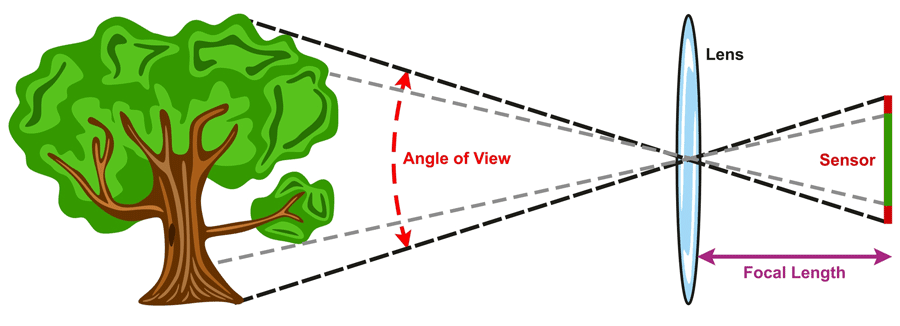

Field of View Cheat Sheet: Placing a smaller sensor behind a lens doesn’t change its focal length. Nor does the depth of field or the lens speed change. The only real change is a field of view, which makes your lenses appear longer.
That said, having a smaller sensor can make a key differences to your photography:
Advantages of Full Frame vs APS-C
Full frame cameras, while more expensive than their APS-C counterparts, are known for their image quality.
This is for a few reasons.
1. Better Low Light Performance
First, full frame cameras have more sensor space, offering larger pixels. Larger pixels mean that each pixel can take in more light, which results in higher RAW file quality and better low-light performance. Therefore, a full-frame camera with a 24-megapixel count will outperform a crop sensor camera at 24 megapixels.
As a rule of thumb, the larger sensor camera outperforms the crop sensor camera (less noise) at the same ISO settings.
It also provides an advantage for indoor event and wedding photography, as well as for handheld shooting during twilight, nighttime cityscapes, and in any situation where maintaining fast shutter speeds is essential to capture motion in dimly lit scenes.
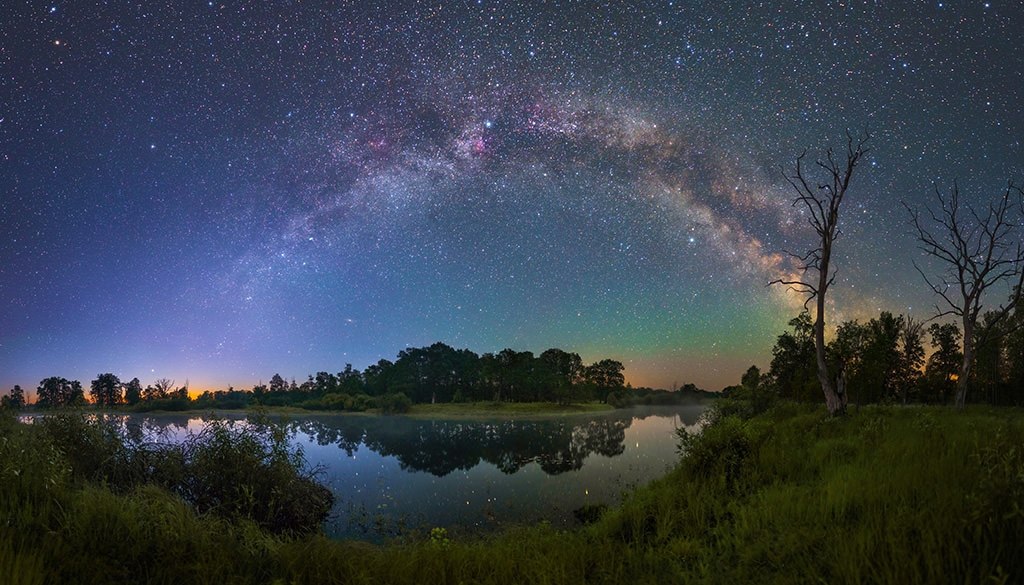

2. Wider Dynamic Range
Second, full frame cameras offer a greater dynamic range than APS-C cameras. While dynamic range is often hard to perceive, it manifests as the difference between the detailed whites and the detailed blacks in your photos. Full frame cameras are better able to render extreme tones in a scene.
3. Higher Resolution
Third, full frame cameras often have higher resolution than APS-C cameras. The larger the sensor type, the more pixels that fit!
4. No Crop Factor
Fourth, full frame cameras don’t force you to deal with annoying crop factors. A crop factor makes your wide angle lenses less wide and makes your standard lens into telephoto lens type. For some, it’s important to be able to shoot with the lens field of view that you initially purchased.
Related: Best Cameras for Low Light Photography
And speaking of wide-angle lenses, full-frame body allow you to shoot wide angle lenses as true wide angle lenses. That way, you can capture sweeping landscapes without missing a beat with the much wider field of view.


5. Better Lens Selection
Finally, the full frame lens selection is much broader than the APS-C lens selection. While you can use full frame lenses on APS-C bodies, camera manufacturers also offer APS-C lenses, such as Canon’s EF-S lens series.
Full-frame cameras are a popular choice for landscape photographers, portrait photographers, and event photographers.
6. Shallower Depth of Field
If you are a portrait photographer, full-frame sensors enable you to achieve a shallow depth of field, creating better separation between your subject and the background by intentionally blurring it. To achieve the same level of background blur on crop sensor cameras you need to use wider apertures (lower f-number).
Disadvantages of Full Frame vs APS-C Cameras
Full frame systems are often great, but they sometimes fall short.
Why?
1. Higher Cost
First, full frame cameras and lenses tend to be hugely expensive. While there are some budget full frame cameras and lenses, they’re hardly cheap. Most beginner photographers just can’t justify the cost of a full frame option.
2. Bigger Size and Weight
And second, full frame cameras and lenses tend to be larger and heavier. This isn’t ideal for photography on the move: outdoor photography, travel photography, street photography etc.
Advantages of APS-C vs Full Frame Cameras
Depending on your needs, there are plenty of reasons why you should go for an APS-C sensor camera:
1. Size and Weight
If size and weight are key considerations, I suggest choosing an APS-C system. The physical size differences between APS-C and full-frame options make the former notably more manageable. Both APS-C cameras and lenses are smaller and lighter than their full-frame counterparts, enhancing overall convenience. This makes APS-C setups perfect for travel photography, street photography, or activities like hiking and backpacking.
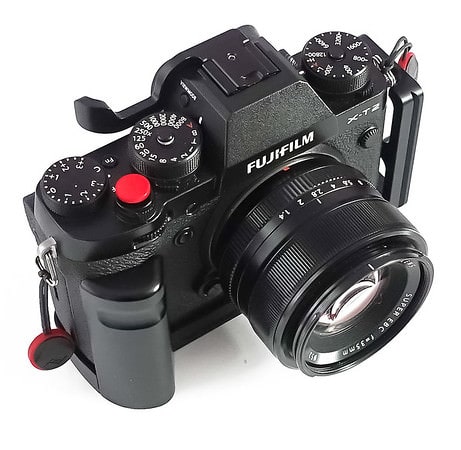

2. More Attractive Cost
Second, APS-C cameras (and lenses) tend to be far cheaper than full frame gear. So if you’re on a budget, APS-C may be the way to go.
3. Longer Reach
Third, if you’re looking to shoot birds or wildlife, you’re going to need a lot of reach. Because of the crop factor, an APS-C camera will give you a 1.5x or 1.6x extension on your lens focal lengths. This can be invaluable for getting the close-up shots that bird and wildlife photographers love.
4. Larger Depth of Field
Finally, because of the way the crop factor works, it’s easier to achieve a deeper depth of field with APS-C cameras. If you want to get the entire scene sharp, you won’t have to stop down as much–which is fantastic for shooting in low light scenarios.
APS-C crop sensor cameras are popular for travel photography, wildlife photography, sports photography, street photography, and casual shooting.
Disadvantages of APS-C vs Full Frame Cameras
What are the downsides to APS-C DSLR or mirrorless cameras?
A few things:
1. Poorer Lens Selection
First, APS-C lenses just aren’t as plentiful as full frame lenses. There aren’t many high-quality APS-C lenses, though there are plenty of great full frame options.
2. Crop Factor Issue
Second, there’s no way of turning the crop factor off. When you shoot wildlife, the crop factor may be useful. However, the crop factor can be annoying for portrait and landscape photography. Conversely, it can offer benefits for sports photographers, street photographers, and travel photographers. seeking a more extended reach in their compositions.
3. Lower High ISO Performance
Third, the low light performance of APS-C cameras just doesn’t match up with the low light performance of full frame cameras. So if you want to shoot genres such as astrophotography, a full frame camera is a better choice.
FAQ: APS-C vs Full Frame Cameras
Q: What is the primary distinction between Full Frame and APS-C sensors?
A: The primary distinction lies in sensor size. Full Frame sensors are larger, delivering superior image quality, especially in low light conditions. While more budget-friendly and compact, APS-C sensors may have limitations in certain aspects such as lens selection and high ISO performance.
Q: How does the crop factor impact my photography?
A: The crop factor in APS-C cameras introduces an effective magnification, altering the field of view and causing lenses to appear longer. While advantageous in telephoto photography by providing an effective magnification of the subject, this unique characteristic can concurrently present challenges for wide-angle shots, influencing the composition of your images.
Q: Are Full Frame cameras worth the higher cost?
A: The worth of Full Frame cameras depends on your priorities. They offer superior image quality but come with a higher overall cost. Consider your budget and the type of photography you wish to pursue when making your decision.
Q: Can I achieve professional results with an APS-C camera?
A: Absolutely! Many professional photographers successfully utilize APS-C cameras, especially in genres like travel and street photography. Understanding the strengths and limitations of your camera system is crucial for achieving professional-quality results.
Q: How does sensor size impact depth of field?
A: Larger sensors, as found in Full Frame cameras, typically provide a shallower depth of field. Smaller sensors, like those in APS-C cameras, offer a larger depth of field, which can be advantageous in certain photographic scenarios.
Full Frame vs APS-C Cameras: Conclusion
This article describes the key features and differences in quality between full-frame and APS-C cameras, as well as the advantages and disadvantages of each.
As you should now realize, neither camera format is more valuable than the other. Deciding whether to go with a full frame or an APS-C camera should be based on your current needs as a photographer.
So, think about what you want to photograph. Think about what you’d like to see in a camera.
Then, choose a camera body and start photographing!


